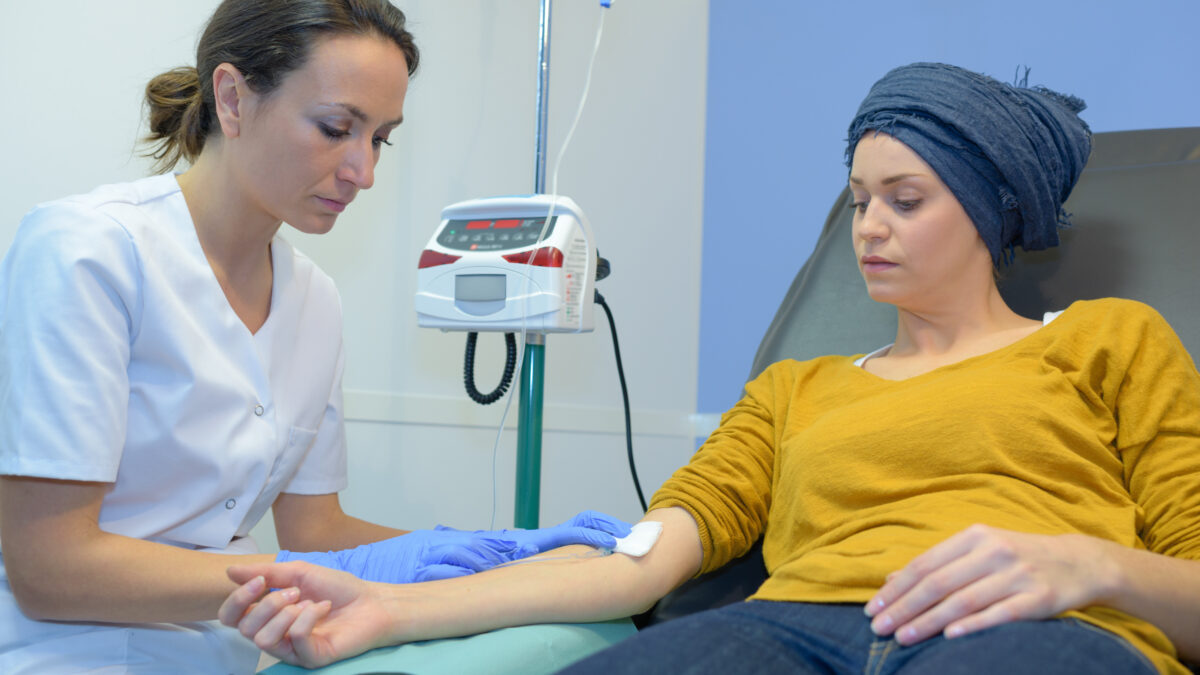Patients and advocates alike are praising New York Governor Kathy Hochul for signing into law legislation aimed at improving awareness of medication-induced movement disorders.
The new law will create a statewide screening education program to address a range of movement disorders, including tardive dyskinesia.
Advocates Push for Action
Early screening is critical for identifying tardive dyskinesia, a condition caused by prolonged use of certain medications, primarily dopamine receptor blocking antipsychotics.
Awareness of the disorder remains limited, however.
Patients may go undiagnosed for months or even years, delaying treatment and increasing the risk of severe symptoms. New York’s program aims to close that gap, educating providers about medications that can cause the condition and ensuring more patients receive timely screening and intervention.
The law’s signing represents the outcome of sustained advocacy efforts by groups including the Movement Disorders Policy Coalition. The coalition weighed in to Governor Hochul urging her to sign the bill before the December 24 deadline in order to support patients. The governor did so on December 21, showing timely support for patients.
Understanding Tardive Dyskinesia
While antipsychotic medications can provide necessary symptom relief, long-term exposure can contribute to involuntary movements, ranging from the uncomfortable to the truly debilitating.
Patients may experience stiff, jerky muscle movements including facial tics or erratic motion in the arms and legs. Treatments are available, including FDA-approved medications for TD, or shifts in the underlying medication, but only if the condition is accurately diagnosed.
People who are over 65, female, diabetic and those who use dopamine-blocking medications to treat neurological disorders like Parkinson’s disease or mental health conditions like schizophrenia are at greatest risk. Physical symptoms of tardive dyskinesia have also been known to spur or exacerbate mental health challenges like social isolation, compounding the burden for those affected.
Boosting Public and Professional Awareness
New York’s new education program isn’t the first instance of support for tardive dyskinesia patients by the Empire State. In May 2024, leaders recognized Tardive Dyskinesia Awareness Week with a proclamation and lit select landmarks blue to raise the disease’s public profile.
Ongoing efforts to increase public awareness can help more patients and families learn about the condition and the importance of recognizing symptoms early. Knowing what to watch for and intervening early could curb future suffering.
Now, the broader tardive dyskinesia community is hoping New York’s most recent initiative – with components focused on both prevention and intervention – will become a model for other states.




